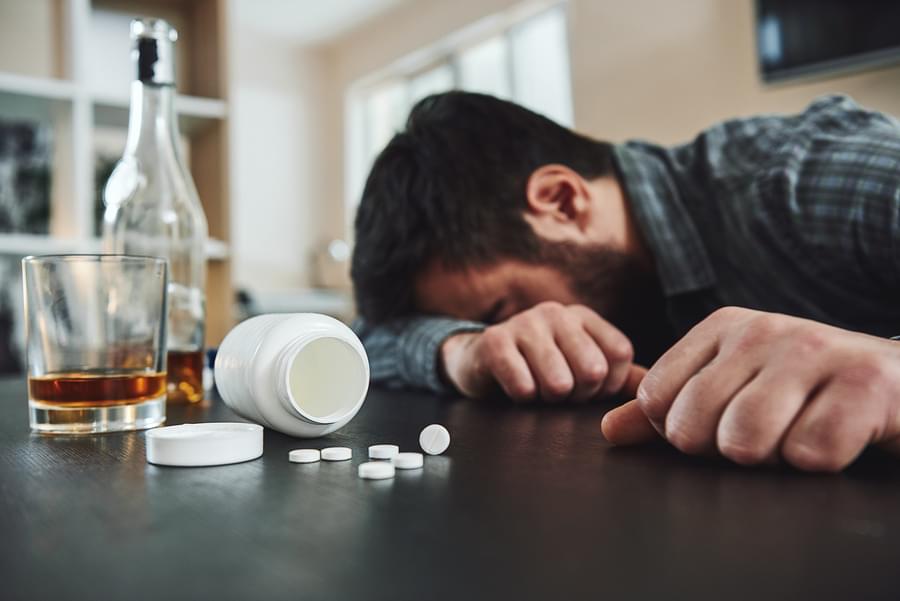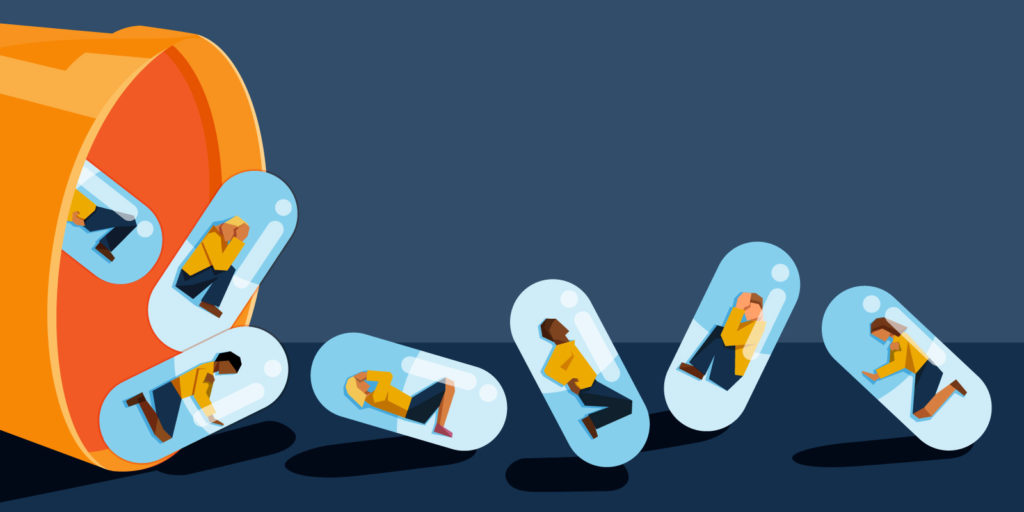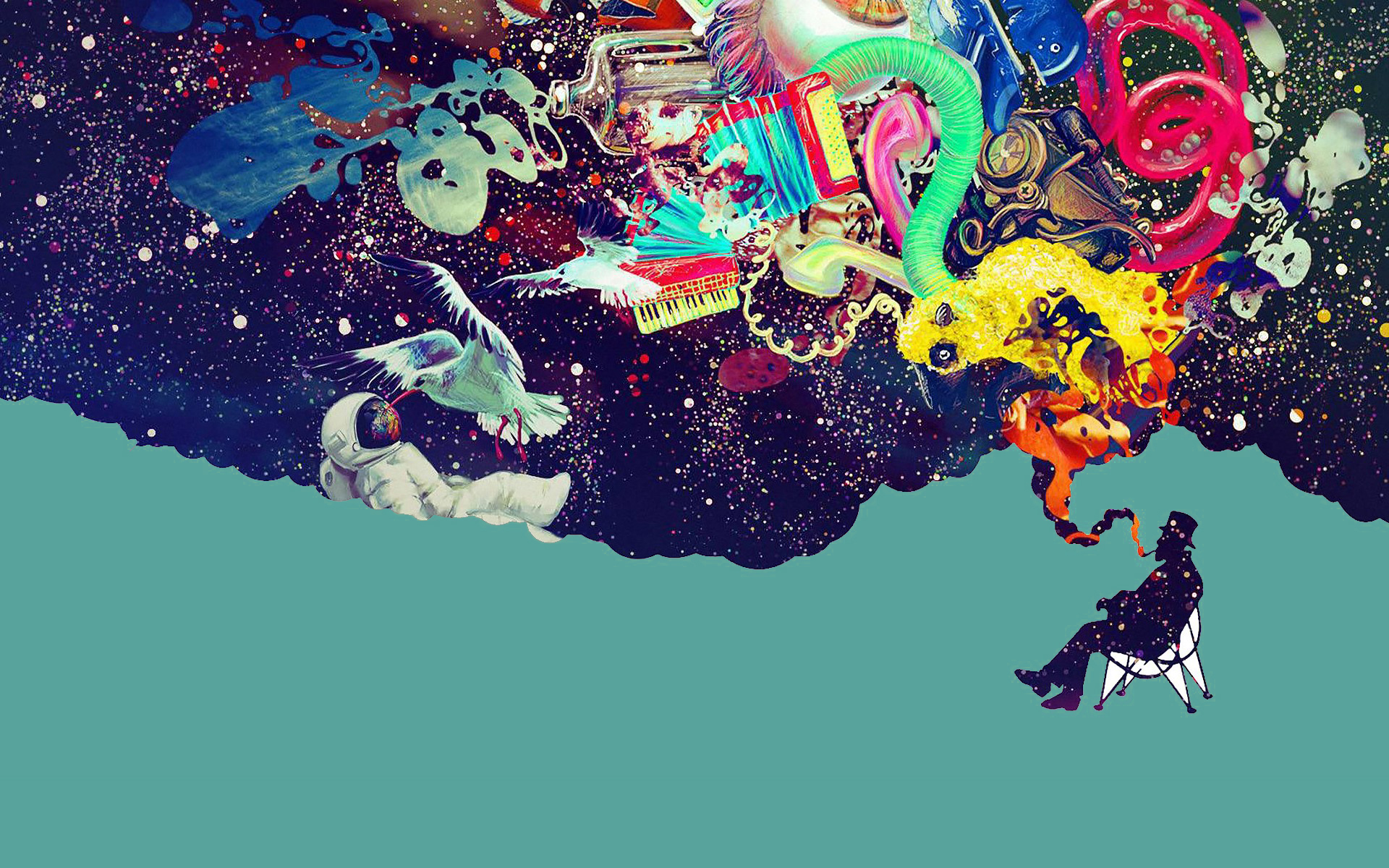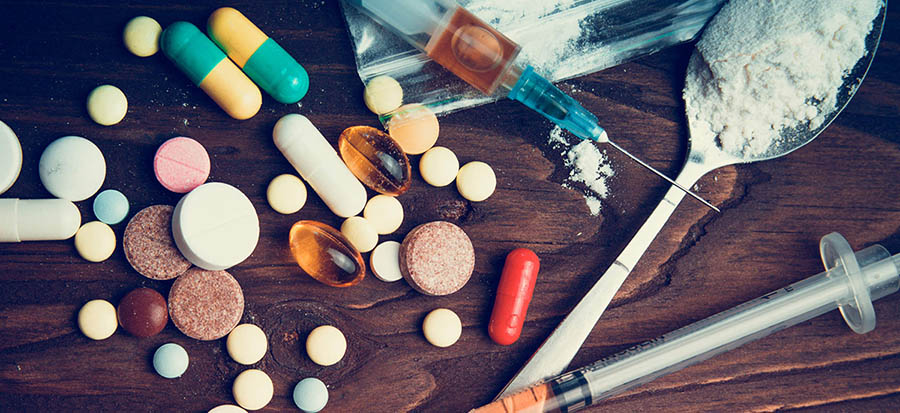

What Causes Addiction and How to Treat It Effectively
Addiction is not just a lapse in willpower or a streak of poor decisions—it’s a deeply rooted and multifaceted disease that affects how the brain works. Over the last hundred years, scientific exploration has radically shifted our understanding of addiction. It’s no longer seen as a simple failure of morality or discipline, but as a chronic brain condition that alters neural pathways and distorts decision-making, reward, and behavior.
While most of us immediately associate the word “addiction” with drugs or alcohol, it’s important to understand that addictive patterns can emerge in many other areas of life. Studies, including those backed by reputable scientific sources, reveal that behavioral patterns—like compulsive gambling or shopping—can affect the brain in much the same way as substance use does.
Today’s clinical definitions recognize addiction as falling into two main categories:
-
Chemical addiction: This refers to a dependency on substances that alter body and brain chemistry—such as drugs, alcohol, or nicotine.
-
Behavioral addiction: This describes compulsive engagement in rewarding non-substance-related activities—behaviors that are repeated persistently despite having no clear benefit and often leading to harm.
These two branches may look different on the surface, but deep down, they share the same core mechanics.
Understanding the Mechanics of Addiction
To truly comprehend addiction, whether behavioral or chemical, it helps to grasp the foundational brain processes behind it.
How the Brain’s Reward Circuitry Gets Hijacked
At the center of addiction lies the brain’s reward system. When you experience something pleasurable—be it catching up with an old friend, watching your favorite show, taking a bite of chocolate cake, or engaging in drug use—your brain releases a cascade of feel-good chemicals. Chief among these is dopamine, a neurotransmitter known for its role in motivation and reward.
Here’s the twist: dopamine doesn’t directly create the sensation of pleasure. Instead, it strengthens the connection between pleasurable experiences and the behaviors that caused them, essentially telling your brain, “Hey, that was good—let’s do it again.” Over time, this creates a powerful incentive loop.
The Cycle of Cravings and Building Tolerance
As this reward loop repeats, the brain begins to crave the same stimuli that triggered the dopamine release. These cravings are often the first signs that a person is developing an addiction. Whether it’s a sip of alcohol or the thrill of winning a bet, the brain starts to associate specific cues—like the smell of beer or the sight of a poker table—with the anticipated reward.
Here’s where things take a turn. The brain, flooded with dopamine too often, adjusts by cutting back its natural production. But the reward system still expects high dopamine levels. This creates a tolerance: the person needs more of the substance or behavior to reach the same rewarding effect. So they escalate—drinking more, gambling longer, or using stronger drugs.
When Nothing Else Feels Good Anymore
Eventually, addiction dulls the brain’s response to life’s everyday joys. Things that once sparked happiness—like painting, exercising, or spending time with loved ones—lose their appeal. This isn’t a matter of laziness or disinterest; it’s a neurochemical shift. The brain now relies on the addictive trigger to generate any sense of motivation or reward.
Losing Control Over Use
At a certain point, many people with addiction realize they no longer have full control over their behavior. Even with sincere intentions to stop, they may find themselves returning to the addictive pattern again and again. It’s not simply a matter of making “better choices.” The addiction has taken hold of the very mechanisms that regulate self-control and judgment.
This loss of control often impacts every area of life—health, work, relationships—and can become a downward spiral. Despite knowing the harm, the urge becomes too powerful to resist without intervention.

A Closer Look at Chemical Addiction
When people talk about addiction, chemical dependency is usually the first thing that comes to mind. But it’s essential to understand how professionals define it today—especially with ongoing efforts to reduce stigma and clarify diagnosis.
In clinical settings, what was once called “substance abuse” or “drug addiction” is now termed substance use disorder (SUD). This updated terminology, recommended by the DSM-5 (Diagnostic and Statistical Manual of Mental Disorders), provides a more nuanced framework. It categorizes SUD based on severity—mild, moderate, or severe—depending on the number of symptoms present.
This shift in language is more than semantic. It reflects a broader understanding that addiction is not a moral failing, and that harsh labels like "abuse" can actually discourage people from seeking help.
Symptoms That Signal Substance Use Disorder
Recognizing substance addiction goes far beyond noticing someone drinks or smokes. Key signs of a substance use disorder include:
-
Overwhelming cravings that crowd out other thoughts
-
Needing increased amounts of the substance for the same effect
-
Feeling physically or emotionally distressed when access to the substance is blocked
-
Engaging in high-risk activities—like driving or operating machinery—while under the influence
-
Struggling to meet responsibilities at work, home, or school due to substance use
-
Damaged relationships and social isolation as a result of usage
-
A gradual withdrawal from once-enjoyed hobbies and routines
-
Repeated failed attempts to stop using
-
Experiencing withdrawal symptoms like sweating, tremors, insomnia, or irritability when trying to quit
Substances That Commonly Lead to Addiction
Although nearly any drug can be misused, certain substances carry a higher potential for addiction due to the intensity of their impact on the brain. These include:
-
Alcohol – widely used and socially accepted, but easily addictive
-
Opioids – including prescription painkillers like oxycodone and illicit drugs like heroin
-
Cannabis – though legal in many regions, its overuse can still lead to dependency
-
Nicotine – found in tobacco products and increasingly in e-cigarettes
-
Amphetamines – including both prescribed stimulants and illegal variants
-
Cocaine – a powerful stimulant known for rapid addiction potential
-
Methamphetamine – extremely addictive with severe health consequences

Behavioral Addictions: When Habits Cross the Line
Addiction isn’t always tied to a substance. Some behaviors—those seemingly ordinary parts of daily life—can spiral into destructive patterns that closely resemble chemical addictions in both emotional grip and neurological impact.
This is the world of behavioral addiction, where the brain becomes hooked not on chemicals, but on actions. And while not every repetitive habit qualifies as an addiction, certain behaviors, when done compulsively and with harmful consequences, can absolutely cross into addiction territory.
Officially Recognized Behavioral Addictions
There’s still active debate in the scientific and psychological communities over which behaviors should be classified as true addictions. However, as of now, the DSM-5 officially recognizes two behavioral addictions:
-
Gambling disorder
-
Internet gaming disorder (included in the appendix as a condition requiring further research)
These two have enough peer-reviewed evidence and clinical data to be considered genuine mental health concerns that can seriously disrupt a person’s life.
The Debate Around Other Addictive Behaviors
Beyond gambling and gaming, many professionals argue that several other activities can develop into behavioral addictions, even if they haven’t been formally categorized as such. These include things like:
-
Shopping
-
Compulsive exercising
-
Excessive eating (often referred to as food addiction)
-
Hypersexual behavior
-
Binge-watching television
-
Obsessive social media use (like Facebook or Instagram addiction)
Despite anecdotal evidence and some clinical observations, the American Psychiatric Association (APA) has hesitated to formally include these in the DSM-5. The main reason? A lack of uniform diagnostic criteria based on consistent scientific research.
In other words, while people clearly struggle with these behaviors, we still don’t have enough solid data to define how and when they tip into addiction.
Common Signs That a Behavior May Be Addictive
Even if the medical community hasn’t formally labeled every behavior as addictive, there are red flags that can help you—or someone you care about—recognize when a behavior is becoming a serious problem:
-
Spending significant amounts of time engaging in the activity, often at the expense of responsibilities or relationships
-
Feeling powerful urges to engage in the behavior, even when it causes harm
-
Using the behavior as a way to cope with emotional pain, stress, or boredom
-
Concealing the extent of the behavior from friends or family
-
Struggling to stop the behavior, despite multiple attempts
-
Experiencing mood swings, irritability, restlessness, or anxiety when unable to engage in the behavior
-
Continuing the activity even after clear negative consequences
If this list sounds familiar, it might be time to consider professional help. Many people with behavioral addictions don’t realize how serious the situation has become until their personal, emotional, or professional life begins to unravel.
Examples of Common Behavioral Addictions People Seek Help For
Here are a few behaviors that regularly bring people into therapy or support groups:
-
Compulsive shopping – The thrill of buying something new can mask deeper emotional voids.
-
Exercise addiction – At first glance healthy, it can turn into obsession and physical harm.
-
Overeating or food addiction – Using food to escape stress or trauma can lead to serious health issues.
-
Sex or pornography addiction – Disrupts intimacy, relationships, and self-worth.
-
TV or streaming addiction – Hours lost in binge-watching can replace real-life interactions.
-
Social media obsession – Constant scrolling or posting can become a source of anxiety and lost productivity.

Approaches to Treating Substance Use Disorders
Overcoming substance addiction isn’t just about willpower—it’s a process that often requires professional help, structured support, and a multi-layered treatment plan. For many, trying to quit without guidance leads to relapse, frustration, and deeper despair.
Medically Supervised Detox: A Critical First Step
For individuals addicted to substances like alcohol, heroin, or benzodiazepines, detoxification is often the first necessary step. This involves purging the substance from the body under the supervision of medical professionals who can manage withdrawal symptoms safely.
It’s important to understand: detox alone does not treat addiction. It simply clears the system so that meaningful recovery work can begin.
Residential Rehab: Healing in a Controlled Environment
Inpatient treatment centers, often referred to as rehab facilities, provide a structured and immersive healing environment. Here, people can step away from everyday triggers and fully focus on recovery.
These programs may last anywhere from a few weeks to several months or more. During that time, individuals receive a blend of treatments tailored to their needs—including therapy, medical care, nutritional support, and life-skills training.
Therapy and Counseling: Digging Deeper
Addiction often has roots in past trauma, emotional distress, or untreated mental health issues. This is why psychotherapy—especially when guided by an experienced addiction counselor or therapist—is so crucial.
Therapy can help uncover the underlying motivations behind substance use. With guidance, individuals learn to reframe unhealthy thoughts and develop healthier coping mechanisms to handle stress, grief, anxiety, or other challenges.
Medication-Assisted Treatment (MAT)
For some addictions—particularly those involving opioids, nicotine, or alcohol—medications can be game-changing. These drugs are not cures, but they help reduce cravings and manage withdrawal symptoms.
Common medications include:
-
Methadone or buprenorphine for opioid addiction
-
Naltrexone or acamprosate for alcohol use disorder
-
Nicotine replacement therapy (patches, gum, lozenges) or varenicline for smoking cessation
These medications are most effective when paired with therapy and behavioral support.
Support Groups and Peer Communities
Groups like Alcoholics Anonymous (AA) or Narcotics Anonymous (NA) create a safe, non-judgmental space for individuals in recovery. Sharing stories, challenges, and milestones with others who truly understand can offer hope and accountability.
That said, 12-step programs aren’t the only option. Alternatives like SMART Recovery focus on scientifically grounded techniques and may appeal more to those who prefer a non-religious or self-directed model.
While peer groups alone usually aren’t enough for full recovery, they often provide the encouragement and solidarity needed to stay on track.

Recovery Options for Behavioral Addictions
Just like chemical addictions, behavioral addictions often require a thoughtful and strategic approach to treatment. These aren’t simply bad habits that can be snapped out of with willpower or a few motivational quotes. They usually stem from deeper emotional or psychological needs—and require expert guidance to untangle and heal.
Therapy: The Core of Recovery for Behavioral Addictions
When it comes to overcoming behavioral addictions, psychotherapy is often the primary and most effective intervention. And among the various therapeutic approaches, Cognitive Behavioral Therapy (CBT) remains one of the top recommendations from addiction experts.
CBT works by helping individuals:
-
Recognize unhealthy patterns of thinking
-
Understand how certain thoughts trigger compulsive behaviors
-
Reframe those thoughts to create new, healthier responses
-
Develop practical tools to deal with urges and setbacks in real time
For example, a person addicted to compulsive shopping might work with a therapist to examine how stress or boredom acts as a trigger. The therapist can then guide them toward more adaptive ways to respond—like journaling, calling a friend, or going for a walk instead of hitting the online checkout button.
But CBT isn’t the only helpful approach. Depending on a person’s needs, other therapy models may be integrated into the recovery process, such as:
-
Dialectical Behavior Therapy (DBT) for managing intense emotions
-
Psychodynamic therapy for exploring unresolved trauma or relationship patterns
-
Family or couples therapy, especially if the behavior is causing conflict at home
Additional Treatment Strategies for Behavioral Addictions
While therapy is the bedrock of most recovery plans, it’s often even more effective when paired with other tools and support systems. Here are some common additions to therapy:
-
Support groups and peer communities – Whether online or in person, sharing your story with others facing similar challenges can ease the sense of isolation and offer new coping ideas.
-
Self-help programs – Books, apps, or structured programs can offer daily guidance, mindfulness tools, and educational content that keeps people on track between therapy sessions.
-
Lifestyle changes – Incorporating regular physical activity, a balanced diet, consistent sleep routines, and reduced screen time can help stabilize moods and reduce the intensity of cravings.
-
Medication – Although not always the first option, some research points to SSRIs (selective serotonin reuptake inhibitors)—a class of antidepressants—as potentially beneficial in treating certain behavioral addictions, particularly when co-occurring anxiety or depression is present. Always consult a healthcare provider before beginning any medication.
When to Seek Help
You don’t have to wait until a behavioral addiction takes over your life to reach out for support. If you or someone you love is beginning to feel trapped by compulsive behaviors—especially if they’re interfering with relationships, work, or self-esteem—talking to a mental health professional is a powerful first step.
Behavioral addictions are real, and they are treatable.
A Final Word on Addiction and Hope for Recovery
Even as scientists and psychologists continue to deepen their understanding of addiction, one essential truth has become increasingly clear: Addiction is not a moral failure—it’s a chronic condition that requires care, support, and often professional intervention.
Whether it’s a chemical dependency or a behavioral addiction, healing is absolutely possible. Millions of people across the world have successfully reclaimed their lives, sometimes after years or even decades of struggle.
And you don’t have to do it alone.
If you’re looking for help—either for yourself or someone close to you—consider visiting the Substance Abuse and Mental Health Services Administration (SAMHSA) website. They offer:
-
A free, 24/7 helpline
-
A nationwide treatment facility locator
-
Information on all types of addiction and mental health resources
-
Educational materials for families and support networks
Recovery isn’t just about quitting something. It’s about rebuilding your life with tools, insight, and support systems that empower you to thrive without the need for self-destructive habits. The journey may be hard, but the destination is worth every step.

